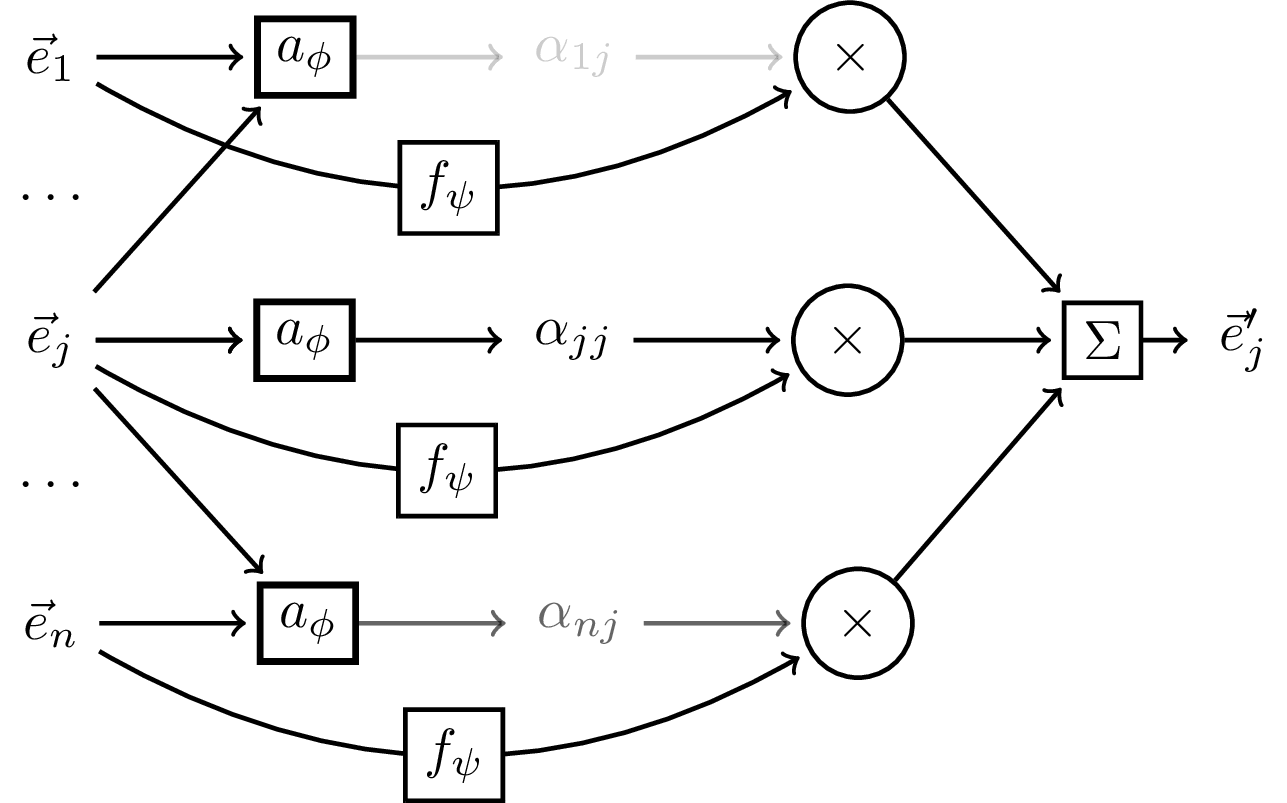Self Attention
Creator: Petar Veličković (original)
Illustrating the attention mechanism from arxiv:1706.03762.

Download
Code
self-attention.typ (112 lines)
self-attention.tex (52 lines)
Creator: Petar Veličković (original)
Illustrating the attention mechanism from arxiv:1706.03762.
